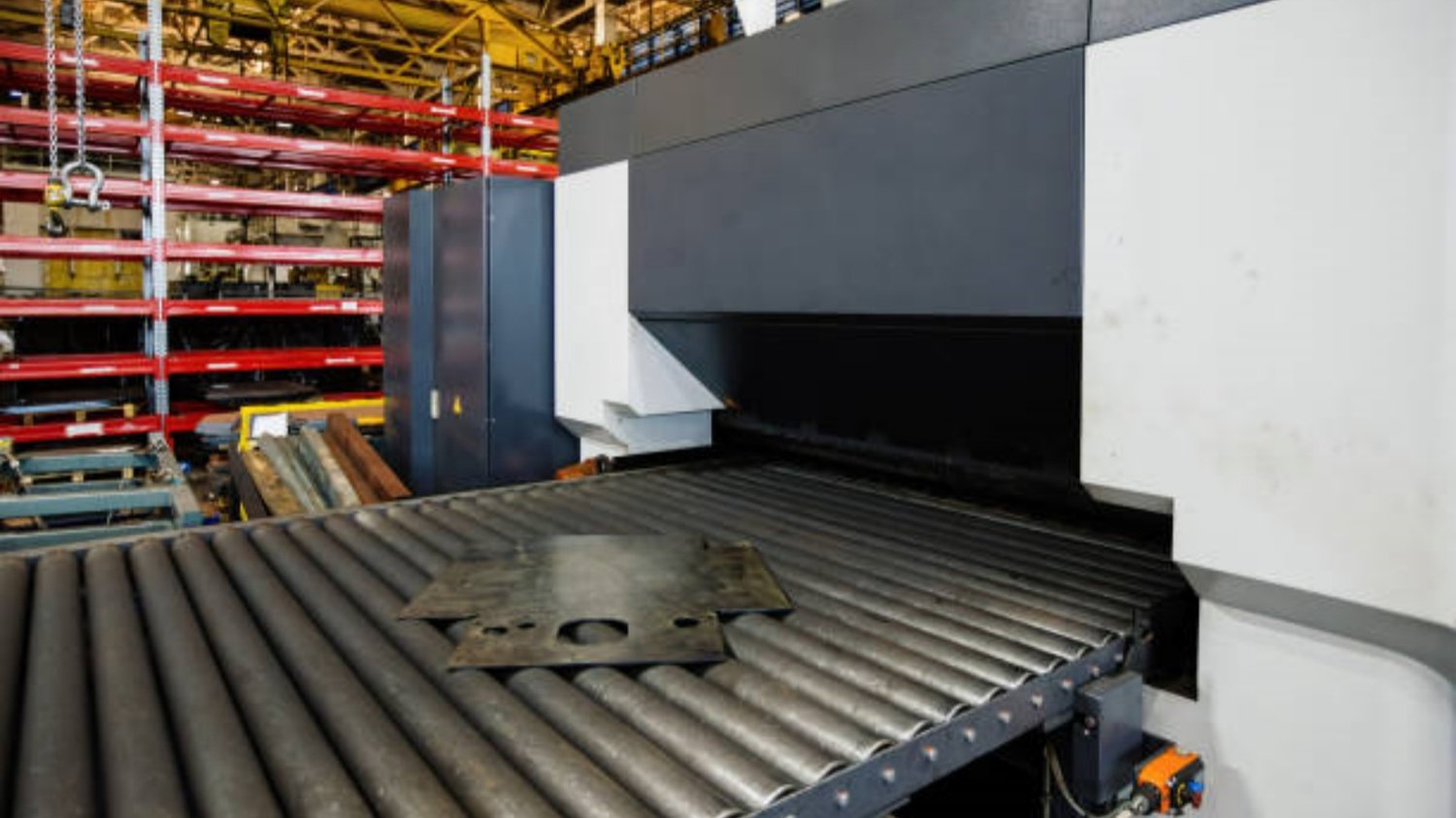The Benefits of glazed ceramic roof tiles forming machine
When it comes to roofing materials, glazed ceramic roof tiles have become an increasingly popular choice due to their durability, aesthetic appeal, and long lifespan. These tiles are manufactured using a specialized machine known as a glazed ceramic roof tiles forming machine. In this article, we will explore the various aspects of this machine and how it contributes to the production of high-quality glazed ceramic roof tiles.
1. Understanding Glazed Ceramic Roof Tiles
Before delving into the intricacies of the forming machine, it is essential to have a solid understanding of what glazed ceramic roof tiles are. Glazed ceramic roof tiles are made from a combination of clay and other minerals. They are then coated with a layer of glaze, which not only enhances the aesthetics but also provides additional protection against weather elements such as rain, snow, and UV rays.
2. The Purpose of a Glazed Ceramic Roof Tiles Forming Machine
A glazed ceramic roof tiles forming machine serves a crucial purpose in the manufacturing process. This machine is responsible for shaping the clay mixture into the desired tile shape and size. It ensures uniformity and precision in every tile produced, resulting in a consistent and visually appealing final product.
3. Key Components of a Glazed Ceramic Roof Tiles Forming Machine
Several components work harmoniously in a glazed ceramic roof tiles forming machine. These include a clay extruder, a tile mold, a hydraulic system, and a control panel. The clay extruder pushes the clay mixture through the tile mold, which defines the shape of the tile. The hydraulic system provides the necessary pressure for the clay to take the shape of the mold, while the control panel ensures the machine operates efficiently and accurately.
4. The Process of Forming Glazed Ceramic Roof Tiles
The process of forming glazed ceramic roof tiles begins with the preparation of the clay mixture. Once the clay is adequately mixed, it is fed into the clay extruder, which pushes the clay through the tile mold. The hydraulic system applies pressure, allowing the clay to take the shape of the mold. The formed tiles are then carefully removed from the mold and left to dry before undergoing the glazing process.
5. Advantages of Using a Glazed Ceramic Roof Tiles Forming Machine
Utilizing a glazed ceramic roof tiles forming machine offers several benefits for manufacturers. Firstly, it significantly reduces manual labor, making the production process more efficient and cost-effective. Secondly, the machine ensures consistent quality and precise dimensions, resulting in a finished product that meets industry standards. Lastly, the machine allows for customization, enabling manufacturers to create unique and appealing glazed ceramic roof tiles.
6. Factors to Consider When Choosing a Glazed Ceramic Roof Tiles Forming Machine
When selecting a glazed ceramic roof tiles forming machine, there are several factors to consider. These include the production capacity, power consumption, ease of operation, maintenance requirements, and overall durability. Additionally, it is crucial to choose a machine from a reputable manufacturer to ensure reliability and after-sales support.
7. Maintenance and Care of Glazed Ceramic Roof Tiles Forming Machine
To ensure the longevity and optimal performance of a glazed ceramic roof tiles forming machine, regular maintenance is necessary. This includes cleaning the machine after each use, inspecting and lubricating moving parts, and addressing any issues promptly. Proper care and maintenance will not only extend the lifespan of the machine but also contribute to the quality of the tiles produced.
8. Safety Considerations When Operating a Glazed Ceramic Roof Tiles Forming Machine
As with any industrial machinery, safety should be a top priority when operating a glazed ceramic roof tiles forming machine. Operators should receive proper training on how to use the machine safely and be aware of potential hazards. It is essential to wear personal protective equipment, follow safety guidelines, and regularly inspect the machine for any potential risks.
9. The Future of Glazed Ceramic Roof Tiles Forming Machines
As technology continues to advance, so does the future of glazed ceramic roof tiles forming machines. Manufacturers are constantly innovating and improving these machines to enhance efficiency, reduce energy consumption, and minimize waste. With the growing demand for sustainable building materials, glazed ceramic roof tiles forming machines are likely to become even more environmentally friendly and cost-effective in the coming years.
10. Conclusion
The glazed ceramic roof tiles forming machine plays a vital role in the production of high-quality and visually appealing roof tiles. Its ability to shape clay into precise dimensions, ensure uniformity, and enhance production efficiency makes it an indispensable asset for manufacturers. By investing in a reliable and efficient glazed ceramic roof tiles forming machine, manufacturers can meet the demand for durable and aesthetically pleasing roofing materials in an increasingly competitive market.

